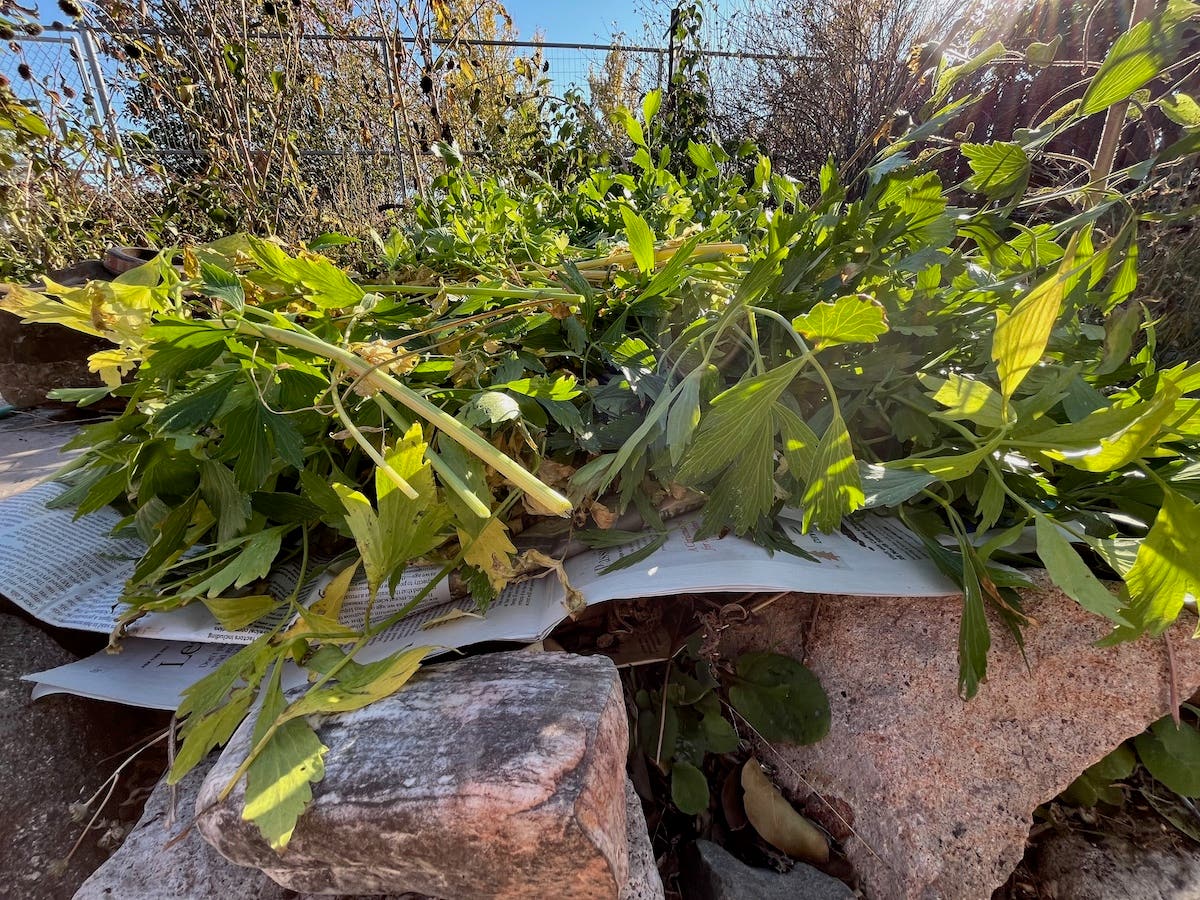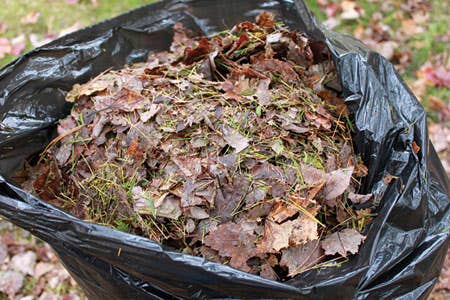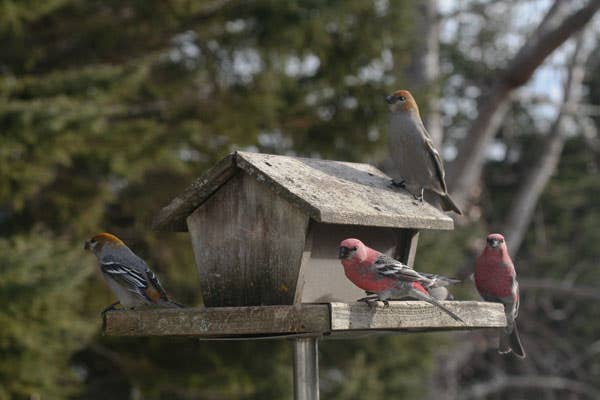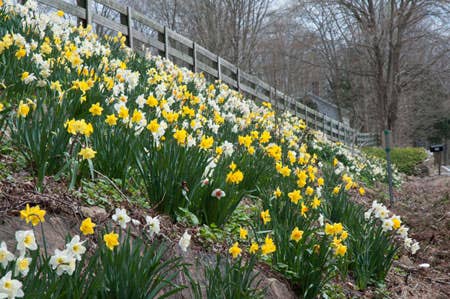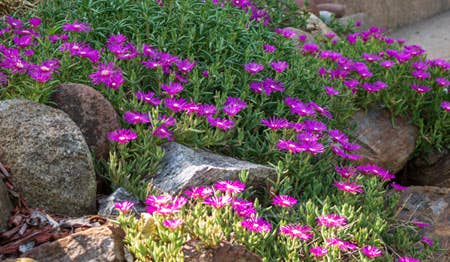Automatic Sprinklers
Things to consider when planning and installing an automatic sprinkler system.
FOR CONSCIENTIOUS gardeners, deciding whether or not to install an automated irrigation system raises issues more serious than whether you're simply tired of dealing with leaky sprinklers and kinked hoses. First of all, does your garden really need the water? Could you alter the plantings to reduce water use? Second, will the kind of programmed irrigation that an automated system delivers really benefit your garden? Finally, is it worth the investment? If you're comfortable with the answers to these questions, the final issue to consider before you plunge ahead is whether your community has or is contemplating water restrictions. You don't want to invest several thousand dollars only to find that you can't use your new system.
DO YOU HAVE ENOUGH WATER?
As a first step, your contractor will need to determine the water volume that your home's plumbing can deliver. A volume of 12 gallons per minute is usually adequate for most systems. If running your new sprinklers would mean you can't flush the toilet at the same time, the contractor can check for kinks, bends, or corroded pipes that may restrict water flow, or determine whether you need a booster pump. Also, if you're irrigating a particularly large area—say, more than two acres—it makes economic sense to invest in your own water supply. Although digging a well is an expensive undertaking, the long-term savings in water bills will make the investment worthwhile.
To see if your home nas adequate pressure to support an inground irrigation system yourself, all you need are a one-gallon container and a watch. Simply turn an outside faucet fully open and time how long it takes to fill the container. If a one-gallon container is filled every 5 seconds, the delivery is 12 gallons per minute (60/5 = 12gpm), a rate that should be sufficient for most systems. If the rate is less than that, don't panic—a plumber or irrigation contractor can often correct the problem, or you can check with your local water provider to ask about upgrading your service.
IS IT WORTH THE MONEY?
The typical initial charge of about $2,000 covering the plumbing work, the equipment rental, and the controller (the brains of the system) is more or less the same whether you're irrigating 200 square feet or two acres. The additional sprinkler heads and piping necessary to irrigate a larger area add relatively little to the initial price, so on a square-foot basis, it's actually more cost-effective to irrigate a bigger area than a small one.
DESIGNING THE SYSTEM
Once it's been established that your house has adequate water pressure and volume, an irrigation contractor will begin by talking to you to learn your priorities. Is it just the Iawn you want covered? What about borders, shrubs, or flower beds that will require separate zones? Maybe you're starting with the lawn but want the flexibility to add additional zones later. If so, your contractor should know about this up front so he can plan for it.
Next, he'll survey your property to get an idea of the number of zones you'll need, the number of sprinkler heads required, where the sunny and shady spots are, whether you have a septic system he needs to watch out for, and how much of the lawn borders the street or driveway, where heads might be at the mercy of tire treads and snowplows. As with any mechanical system, the fewer parts used, the better. It makes sense, therefore, to use as many rotary heads as possible because they cover a larger area and can be placed up to 35 feet apart. Spray heads, which cover an area up to 15 feet across, are best for smaller areas or to water grass that's close to the house or pavement.
To install the underground piping, a good contractor will use a pipe-pulling machine, which bores a tunnel and allows him to bury the pipe without tearing up the entire lawn. The sprinkler heads are either screwed onto stationary fittings or, more often, installed on flexible tubing, which allows for more precise positioning within the trench and provides up-and-down give when the head is stepped on or run over by a lawn mower.
A good irrigation system should allow you to water your lawn thoroughly and with a minimum of waste. It should also provide enough flexibility to let you alter your watering patterns. At a minimum, you should have:
- At least three independent programs that allow you to water different parts of the yard on different days.
- The ability to tweak system run times from 1 to 200 minutes (the higher numbers are useful for drip-irrigation zones).
- Three start times per program. New sod, for example, needs water three times per day. Areas where runoff is a problem will benefit from being watered for a few minutes several times per day rather than getting one big soaking.
- Odd, even, weekly, and interval program capability up to 30 days (handy if your town mandates that you water only on odd, even, or other specified days).
- Rain and moisture sensors that turn the system off when it's raining or if the ground is already soaked.
WHEN TO USE DRIP IRRIGATION
While spray irrigation is ideal for lawns, it's not well suited to watering perennial beds or newly planted trees and shrubs, whose delicate foliage can't tolerate the full-on assault of a high-pressure sprinkler. Designing your system with one or more drip irrigation zones allows you to deliver small quantities of water at constant, low pressure directly to the roots where it's needed. As a bonus, drip irrigation is highly efficient because every drop goes right into the soil, and because everything's buried, you won't have to look at unsightly hoses in your plant beds. But invisibility can also be a problem: if you dig or replant a lot, it's easy to damage or puncture the pipe, but it's also fairly easy to repair.
MAINTENANCE
In cold climates, an irrigation system must be winterized in late fall and then restarted in the spring. For a few hundred dollars per year, your irrigation contractor will come and blow out the system with an air compressor and secure it for the winter. In the spring, they'll start it up again and check to make sure everything is operating properly. If you're running your system year-round, a twice-a-year check is still well worth the cost. You can also hire your contractor as the need arises to repair a damaged pipe or replace a sprinkler head.
DOING IT YOURSELF
Only you can decide whether you have the time, patience, and fortitude to install your own system—an average lawn of one-quarter acre might need up to 1,500 feet of buried pipe. You'll also incur the costs of renting a trench digger and other equipment. Also, an irrigation contractor will usually have access to better-quality controllers than you're able to buy off the shelf at your local retailer. A contractor is also familiar with plumbing and electrical codes, and, if reputable, will guarantee the work. That said, if you still want to tackle the project yourself, do-it-yourself kits are available, and many hardware and home improvement stores offer clinics in lawn irrigation.
RESPONSIBLE WATER USE
There's no doubt that suburban sprawl has made lawn watering a serious threat to the environment. In some communities, half the water in the public system is used for summer-time lawn upkeep. One way to combat this problem is to choose a grass variety appropriate for your climate. In Denver, for example, Kentucky bluegrass needs watering at least every other day during the driest part of the summer, but buffalo or blue grama grass thrives with watering just every two weeks. Whatever method of irrigation you use, it just makes sense to choose locally adapted grass varieties, water as efficiently as possible, and water only those plants and grasses that need it, when they need it.


